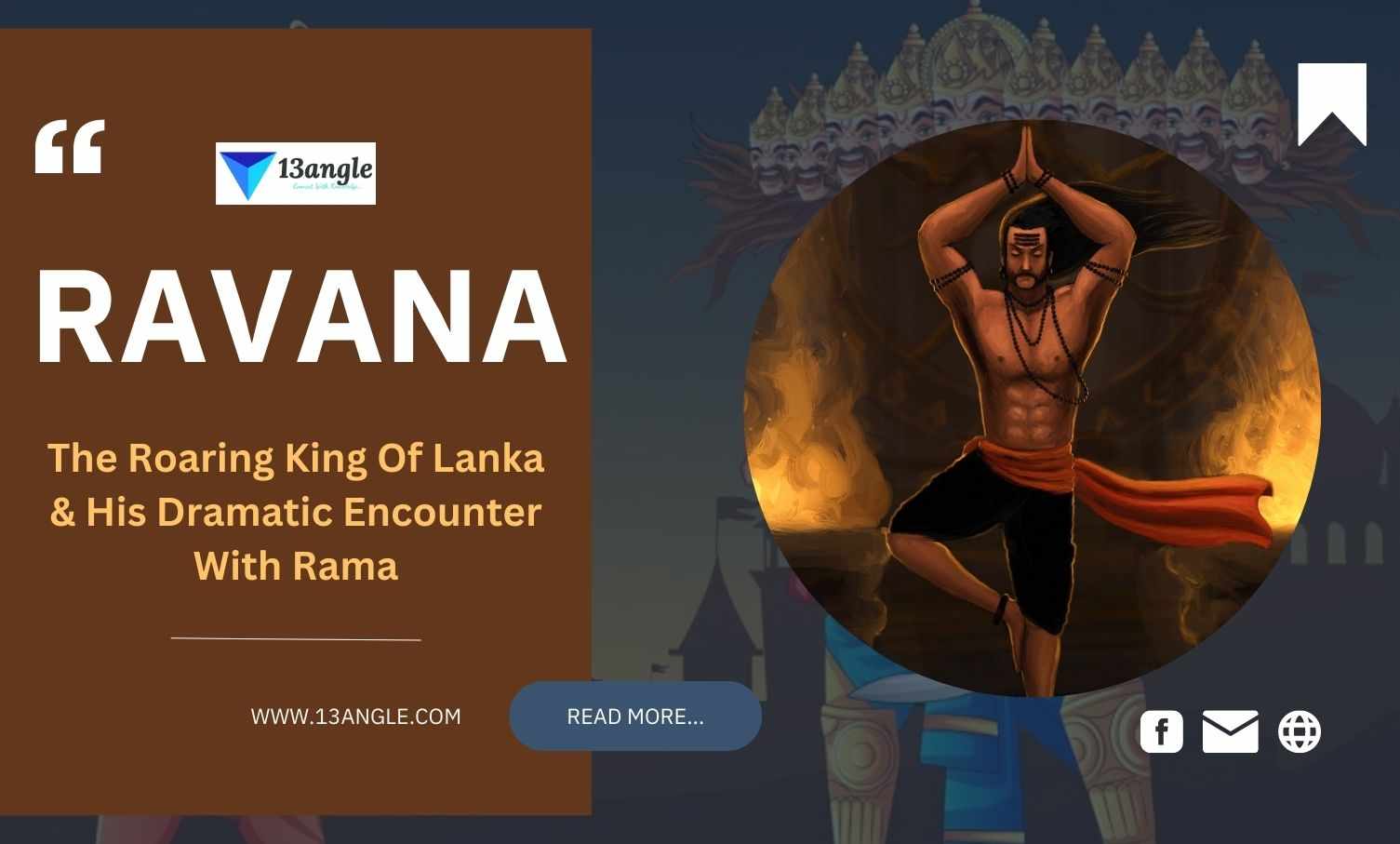
Introduction
Prior to the bedeviling economic crisis, Sri Lanka was an island nation doing marvelously well with a nominal GDP of about $84b in 2019 and experiencing a tremendous annual growth rate of 6.4% from 2003 to 2012 together with a 22 million population. Sri Lanka met with the Millennium Development Goal (MDG) target of bringing extreme poverty to half and other MDG goals. Their tremendous performance also exceeds other South Countries. By 2016, the poverty headcount was limited to a 4.1% growth rate.
In 2019 Lonely Planet named Sri Lanka the best-destined Island to visit and admire. The Onset of COVID thwarted this benchmark and Sri Lanka was catapulted into a slow-growing nation, excessive money printing and government debt spilled over each sector and the effect resulted in the economic crisis tearing her nation apart in present-day 2022.
It is the country’s worst economic crisis since its independence in 1948. It has led to unprecedented levels of inflation, near-depletion of foreign exchange reserves, shortages of medical supplies, and an increase in prices of basic commodities. The crisis is said to have begun due to multiple compounding factors like tax cuts, money creation, a nationwide policy to shift to organic or biological farming, the 2019 Sri Lanka Easter bombings, and the impact of the COVID-19 pandemic in Sri Lanka.
History Of Sri Lanka

Sri Lanka Island comprises two major ethnicities, Sinhalese, and Tamils. Settlers on the island as far back then brought with them the practice of Buddhism and Hinduism from India. Though a large percentage of Indians, no longer practice Buddhism, this practice remains the most dominant in Sri Lanka. Prior to her being colonized by Europe, the nation was known to Greek, Arab, Roman, Persian, and Chinese Sailors. But when Europe invaded the country, the nation came under colonial rule, together with India.
The history of Sri Lanka is intertwined with the history of the broader Indian subcontinent and the surrounding regions, comprising the areas of South Asia, Southeast Asia, and the Indian Ocean. The historical period begins roughly in the 3rd century, based on Pali chronicles like the Mahavansa, Deepavansa, and the Choolavansa. They describe the history since the arrival of Prince Vijaya from Northern India. These chronicles cover the period since the establishment of the Kingdom of Tambapanni in the 6th century BCE by the earliest ancestors of the Sinhalese. The first Sri Lankan ruler of the Anuradhapura Kingdom, Pandukabhaya, is recorded for the 4th century BCE. Buddhism was introduced in the 3rd century BCE by Arhath Mahinda (son of the Indian emperor Ashoka).
From the 16th century, some coastal areas of the country were controlled by the Portuguese, Dutch and British. Between 1597 and 1658, a substantial part of the island was under Portuguese rule. The Portuguese lost their possessions in Ceylon due to Dutch intervention in the Eighty Years’ War. Following the Kandyan Wars, the island was united under British rule in 1815. Armed uprisings against the British took place in the 1818 Uva Rebellion and the 1848 Matale Rebellion. Independence was finally granted in 1948 but the country remained a Dominion of the British Empire until 1972.
In 1972 Sri Lanka assumed the status of a Republic. A constitution was introduced in 1978 which made the Executive President the head of state. The Sri Lankan Civil War began in 1983, including Insurrections in 1971 and 1987, with the 25-year-long civil war ending in 2009. There was an attempted coup in 1962 against the government under Sirimavo Bandaranaike.
Pre-Historical Records

Geographically, Sri Lanka is an extension of the Indian Peninsular.
Buddhism was introduced in the 3rd century BC by Arhath Mahinda.
Archeological evidence from the start of the iron age in Sri Lanka is found in Anuradhapura. Here a large city settlement was found and existed before 900BC.
During the transition stage, the island has the following kingdoms:
- Jaffna Kingdom
- Kingdom of Dambadeniya
- Kingdom of Gampola
- Kingdom of Kotte
- Kingdom of Sitawaka
- Vannimai
- Trade flourished between China, Southeast Asia, and the Arab long ago by the first centuries of the common era. Ships usually stopped by the Sri Lanka Sea bound for food, water, fuel, and spices. Sri Lanka was called Taprobane by ancient Romans and Arab soldiers knew it as Serendip.
The Portuguese were the first to visit the island in the year 1505.
The Tamils brought Hinduism to Sri Lanka.
The nation gained its independence from Britain in 1948.
In 1972, Sri Lanka became a republic and in 1978, a constitution was introduced.
The official language is Sinhala while Tamil and Sinhala are considered national languages.
Economy
Sri Lanka Current Account:-

Due to the COVID-19 pandemic, the economy contracted by 3.6 percent in 2020, raising the $3.20 poverty rate to an estimated 11.7 percent. In 2021, an expeditious vaccination campaign contributed to economic recovery. However, fiscal deficits sharply widened and public debt significantly increased due to the pandemic and pre-pandemic tax cuts. Foreign exchange earnings declined, while large international sovereign bond repayments came due. Heightened fiscal and external risks led to a series of sovereign credit rating downgrades, preventing market-based refinancing. Official reserves declined to critically low levels and a foreign exchange shortage has affected the supply of some essentials. Inadequate fuel supply for thermal generation resulted in scheduled power cuts.
Sri Lanka’s macroeconomic challenges are linked to years of high fiscal deficits, driven primarily by low revenue collection, and erosion of export competitiveness due to a restrictive trade regime and weak investment climate. Growth slowed to an average of 3.1 percent between 2017 and 2019 from 6.2 percent between 2010 and 2016, as a peace dividend and a policy thrust toward reconstruction faded away and macroeconomic shocks adversely impacted growth. Structural adjustments are needed to restore debt sustainability, significantly increase revenue collection, improve the investment climate, restore competition, and support reforms to improve productivity in agriculture. Public investments and future borrowings should prioritize key sectors and address immediate needs and induce sustainable and resilient growth through economic transformation.
According to the department of census and statistics, Services accounted for 58.2% of Sri Lanka’s economy in 2019 up from 54.6% in 2010, industry 27.4% up from 26.4% a decade earlier and agriculture 7.4%. Though there is a competitive export agricultural sector, technological advances have been slow to enter the protected domestic sector.
- Sri Lanka is the largest solid and industrial tyers manufacturing epicenter in the world.
- UAE is the main import partner for Sri Lanka while its export countries are the UK, USA, China, and India
- Sri Lanka was ahead of many Asian countries having economic and social indicators compared to Japan.
- Sri Lanka became a member of IMF in 1950
- Sri Lanka has diverse economic infrastructure and resources such as Railways, Energy and earns a great deal from tourism and the Tea (Chai) industry.
- The new port being built by Hambantota is funded by the Chinese government as part of their aid to the country
- Prior to the economic crisis, the nation was projected by IMF to grow at 2.6% but it is down to 0.8% and it is forecasted to be at a 3.3% growth rate if it’s able to move to pass this gruesome crisis hitting the economy.

Picture indicating an economic downturn in Sri Lanka
- The covid-19 pandemic which ushered nations into the sea of massive recession didn’t exclude Sri Lanka from its whims. It is facing current challenges like public debt, fiscal ad current account deficit, fall in investors’ confidence, fall in tourism, and lots more. This situation has led to the depreciation of rupees against the dollar. According to the finance prime minister, the country is left with $50m in foreign reserve which is very little.
- Presently government declared a curfew in Colombo after the violent clash between pro and anti-government protesters erupted.
- Sri Lanka declared a pre-emptive negotiated default saying that most of the foreign debt would not be repaid from April 2012 this year
- Several thousands of businesses, and schools, have closed and workers embark on a strike
- Rise in the price of oil, shortage of imported food and medicines
- On the 9th of May, Prime Minster Rajapaksa placed his resignation from the prime minister, days after protesters demanded he steps down.
- Public debt has risen from 94% in 2019 to a massive 119% of the nation’s GDP in 2021
Reasons for the economic crisis
As a result of the COVID pandemic, Sri Lanka’s foreign debt rose to about 101% of the nation’s GDP resulting in the economic crisis in the third month of 2022, over the years, successive governments manhandled resources and the sustained present-day twin deficit. Sparing from current account deficit and budget deficit. The reason for the acceleration of the incumbent crisis was a profound cut in tax promised by Rajapaksa which was executed prior to the pandemic.
- Sri Lanka has been locked out of the international market.
- Foreign exchange plummeted by almost 70% since the pandemic. (1)
- Depreciation of rupees.
Sri Lanka Govt Response on this?
Regarding this looming situation, the government has imposed capital control policies, imposed restrictions on imports, and engaged in currency swaps with China. They have beckoned on IMF for funds to combat the crisis.
India And Other Countries Assistance To Sri Lanka
India continues to assist Sri Lanka in its economic development and supports it in overcoming its economic challenges, under India’s ‘Neighborhood First’ policy. In January 2022, India extended a US$ 400 million currency swap to Sri Lanka under the SAARC Framework and deferred successive Asian Clearing Union (A.C.U.) settlements till July 6, 2022. A Line of Credit of US$ 500 million was extended to Sri Lanka for importing fuel from India. In addition, India has extended a credit facility of US$ 1 billion for the procurement of food, medicines, and other essential items from India. Humanitarian assistance was also provided to Sri Lanka by gifting essential medicines worth about INR 6 crores, 15,000 liters of kerosene oil, and the US $ 55 million LoC for procurement of Urea fertilizer. The government of Tamil Nadu has contributed rice, milk powder, and medicines worth US$ 16 million, as part of the larger Indian assistance effort.
Besides India which has been a major help to Sri Lanka through the provision of basic amenities and assistance, IMF is on the road to providing funds to substantiate the low foreign exchange reserve. China is considering offering $2.5b to Sri Lanka.
- India already put in the sum of $2.4b to Sri Lanka as aid
- Besides IMF Rajapaksa’s government is presently in negotiation with World bag for massive aid
An international organizational role like IMF
With the contending economic and political crisis, IMF is closely monitoring the development in the country after a protest by the people against the government took a violent turn on the 9th of May. and it led to curfew. With the Island looking up to financial instruments and extended funds facilities, IMF has promised to provide the nation with about $300m to $500m. To enable them to combat the crisis.
Top 13 Facts About Sri Lanka Economic Crisis
Port Colombo is the largest transshipment hub in the whole of South Asia.
Sri Lanka Government formally declared the worst economic crisis in the country in 73 years in the year 2021
Sri Lanka is maned the “Teardrop of India” because of its teardrop shape in the Indian Ocean
The first-ever female prime minister was from Sri Lanka she was Sirimavo Bandaranaike. She became Prime Minister after her husband the incumbent prime minister at that time was assassinated in 1959.
Sri Lanka is home to the largest sea mammals and land mammals. They say it’s possible to spot the largest terrestrial mammal which is an elephant and blue whale in one day, despite the small size and separation from the mainland.
The country is home to spices like cinnamon and other spices which are abundantly used in dishes.
The Sacred fig tree is regarded as the oldest human-planted tree ever to exist in the world and it’s 2300 years old. The tree is located at Anuradhapura where it was lodged in the year 288 BC.
The primary export commodity in Sri Lanka is Tea.
The legal drinking age is 21 years. Unlike in other countries which is 18 years.
Buddhism is the most popular religion with over 70% ensuing in the practice.
The nation experienced a civil war that lasted for 3 decades. The longest in history. From 1983- 2009.
Exorcism ritual like Sanni Takuma is still practiced in some rural parts of the country
Sri Lanka was ranked as the second-worst hit country by Tsunami in 2004. This led to the death of about 40,000 people but animals like elephants and flamingos escaped the hit.





